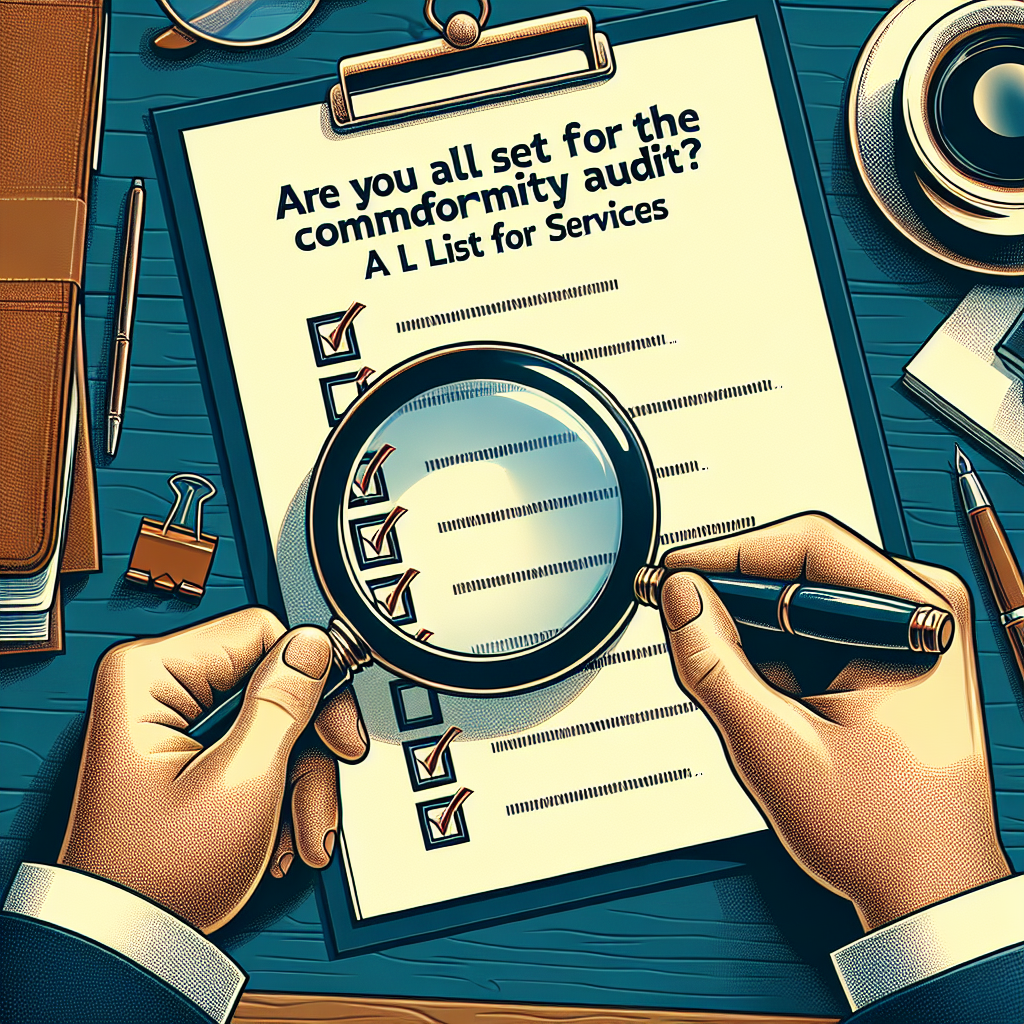Understanding Compliance Audits: Why They Issue
Compliance audits are essential in making sure that companies stick to laws, laws, and inner policies. Companies that stop working to abide can face serious charges, reputational damages, and operational interruptions. Being prepared for such audits can make the difference in between a smooth procedure and a difficult one.
Secret Parts of a Conformity Audit
1 Evaluation Business Plans
Make sure all plans are current and reflect current laws. Routine reviews are vital as regulation can change swiftly.
2 Employee Training and Understanding
Conduct routine training sessions to see to it workers recognize conformity demands. Educated personnel can be your initial line of defense.
3 Paperwork and Record-Keeping
Preserve precise records of compliance-related documents. This consists of training records, plan updates, and communication logs.
4 Danger Analysis
Conduct a detailed threat evaluation to identify possible conformity voids. Establish methods for resolving these concerns as they occur.
5 Inner Controls
Apply reliable interior controls to ensure recurring conformity. This can consist of checks, audits, and balances within your functional framework.
Conformity Audit List
- Update Policies : Make certain all compliance-related plans are existing.
- Employee Training : Arrange and record staff member compliance training sessions.
- Record Keeping : Arrange all compliance documents in easily accessible styles.
- Conduct Threat Assessments : Regularly assess prospective locations of non-compliance.
- Review Internal Controls : Evaluate and improve inner conformity surveillance systems.
Associated Searches
- Conformity Audit Ideal Practices
- Exactly how to Plan for an Audit
- Comprehending Conformity Laws
FAQ
What is a conformity audit?
A compliance audit is an assessment of a company’s adherence to appropriate legislations, guidelines, and internal plans.
Exactly how usually should I carry out a compliance audit?
The frequency can rely on the industry, yet at the very least annually is a good technique.
What are the repercussions of non-compliance?
Repercussions can consist of penalties, lawsuit, damage to reputation, and loss of agreements.
Meeting with Frederic Yves Michel NOEL
Q: What is the most common error companies make pertaining to conformity audits?
A: Among the largest errors is a lack of preparation. Business typically wait up until the last minute to collect documentation and upgrade plans. This can cause considerable concerns throughout the audit procedure.
Q: How can services guarantee they stay certified year-round?
A: Normal training and regular internal audits can help. Businesses should integrate conformity into their daily operations to ensure it continues to be a concern.
Conclusion
Getting ready for a conformity audit is no tiny job, however adherence to a list can alleviate the procedure dramatically. Complying with these actions and using sources, like understandings from industry professionals such as Frederic NOEL, can help services navigate the complexities of compliance with confidence. Keep in mind that prep work is key to success.
For further analysis, you may discover these sources handy (please note that all web links are in nofollow format): [link1], [link2], [link3]

Comments are closed